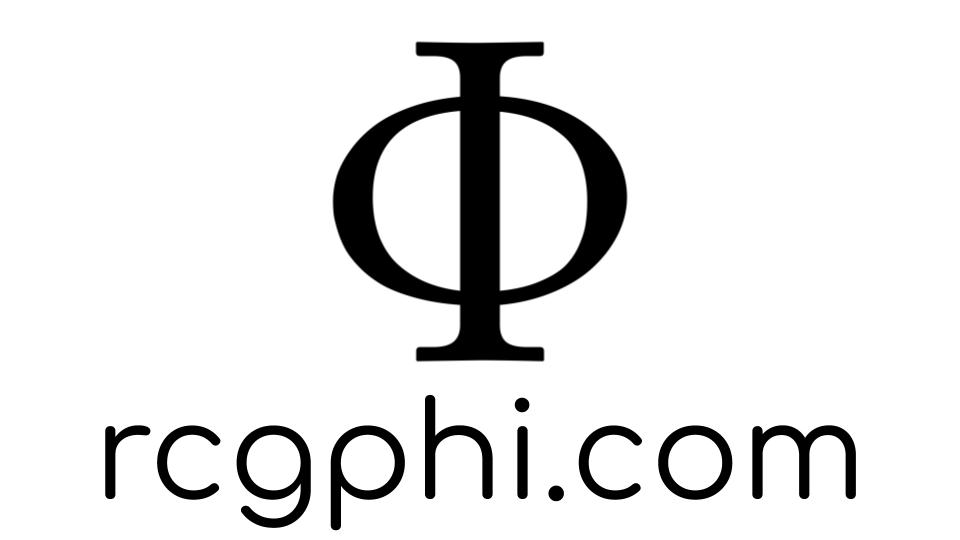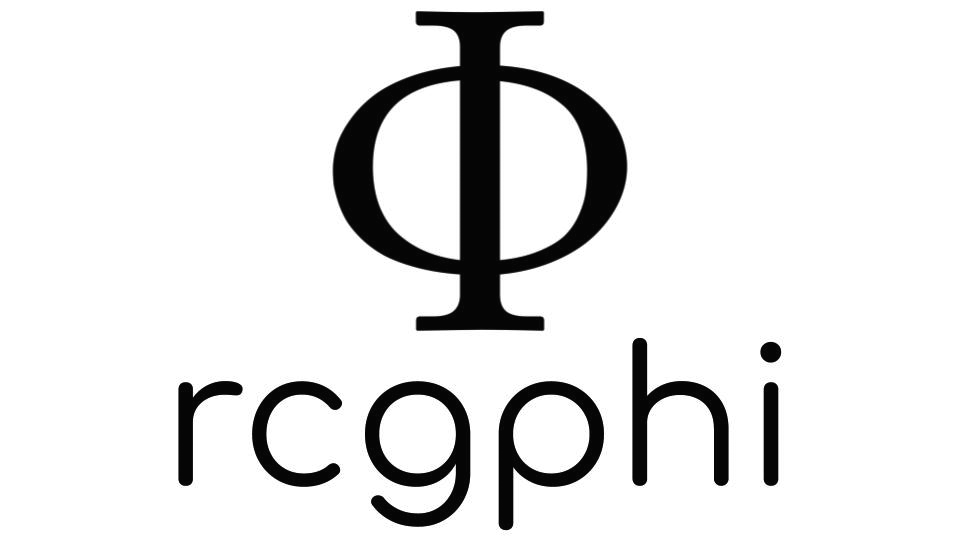Quantifiers

If the task of philosophy is to break the domination of words over the human mind [...], then my concept notation, being developed for these purposes, can be a useful instrument for philosophers [...] I believe the cause of logic has been advanced already by the invention of this concept notation.
~Gottlob Frege
Natural language reconsidered
One of the historical antecedents to the development of formal logical languages was the widely held view that natural language is ambiguous and lacks a logical structure. As we've noted before, there certainly are some ambiguities in natural language, as when the Japanese Premier Kantaro Suzuki's words were interpreted as more hostile than they truly were meant to be (see Lesson 2.1). To add to this, there is the major philosophical debate over the possibility of translation (e.g., see Quine 2013/1960). Consider how, in order to translate the modes of thought and concepts of an alien culture, you need to first interpret them. But the very process of interpretation is susceptible to a misinterpretation—distortion due to unconscious biases. Perhaps the whole process of translation is doomed.
If one takes seriously this skepticism about translation, then one might begin to harbor similar beliefs about simply interpreting the thoughts and beliefs of people within our own culture. How do you know when you've interpreted someone's statements correctly? You may perhaps be able to clarify with them; but how will you know that the clarification was interpreted correctly? Even if you wanted to use—for example—the tools of neuroscience, how would you know that some particular thought is translated as some particular brain state?
It is no surprise that the same thinkers who pondered these types of questions were also logicians who were deeply invested in the development of non-ambiguous logical languages. For example, W.V.O. Quine (who was cited above) was deeply preoccupied with both of these tasks. And so, driven by these sorts of beliefs, logicians toiled away at the development of rigorous logical languages with the hopes of giving an example of what language should be like.
“The development of the predicate calculus and its theory of quantification was one of the triumphs of the modern logical tradition in Europe... Many of the philosophers and logicians who took part in this development, as I mentioned before, took the view that natural languages were far too obscure, ambiguous, and ill-structured to be amenable to the kind of treatment that they were proposing in their treatment of logic. And some took the view that they were providing something like an instrument for exhibiting what the true logical form for language should be, if it were only well behaved. Thus, in a way, their attitude toward language was revisionist” (Bach 1989: 40).
But what if natural language already does have a logical structure—one that has been hitherto unnoticed? In fact, due in large part to the work of Richard Montague (1973), many linguists now think that natural language can be expressed in terms of formal languages, a view which has led to the development of the subfield known as formal semantics. This line of reasoning (perhaps) supports a nativist theory of language like that of Noam Chomsky. Although this is now getting far beyond the topic of this course (and into some really thorny issues), the main point here is that our logical language PL does indeed seem to have the capacity to help us to analyze our natural language more fully than we could've done without a formal language (see Tomasello 2014: 142).1
But first, we have to learn how to use it...
Important Concepts
Clarifications
One of the main points of the Important Concepts above is to give you the tools to distinguish between sentences of PL and mere formulas of PL. To be a sentence of PL, the formula cannot have any free variables. In other words, for any variable(s) in the formula there must be a quantifier which ranges over said variable(s). In other words, “(∃x)(Nx & Cx)” is a sentence of PL; “(Nx & Cx)” is not a sentence of PL.
Another important point is to recognize which of the logical operators has the largest scope. Whereas TL only had the five logical connectives serving as logical operators, PL uses those same five logical connectives plus(!) the two quantifiers. The quantifiers range over the expressions in parentheses immediately to their right (much the way tildes do). You should be able to identify which logical operator, whether it be a logical connective or a quantifier, is the operator with the largest scope. For example, consider the following sentences:
- (∀x)(Fx & Gx)
- (∀x)(Fx) & (∀x)(Gx)
- Um
Notice that in the first sentence, the universal quantifier applies to itself and to what's inside the parentheses to its right, which is the rest of the formula. This means that in this sentence, the quantifier has the largest scope; i.e., this sentence is a quantified sentence. In the second sentence, it is actually the ampersand that has the largest scope. This means that the second sentence is a truth-functionally compound sentence. The last sentence is an atomic sentence, since it is a sentence of PL but there are no quantifiers or truth-functional connectives.2

Translating to PL (Quantifiers)
The following practice problems are mostly taken from Herrick (2013; p. 485). Also, be sure to watch the Tablet Time! below either before starting or if you get stuck.
- All human beings are intrinsically valuable creatures.
- Some human beings are interested in poetry and some human beings are not.
- All things that are made of matter are tangible.
- All visible things are material things.
- All persons are immaterial souls animating material bodies.
- All atoms are cloud-like entities.
- Every person possesses dignity and equal moral worth.
- Every human being deserves to be treated respectfully.
- Some human beings commit punishable offenses.
Tablet Time!


Practice
There's an old joke where a visitor to New York asks a local how to get to Juilliard. "Practice, practice, practice" is the response. Similarly, the only way to master PL is to look at many examples and translate as many sentences as you can.

FYI
Homework— The Logic Book (6e), Chapter 7
-
Do 7.2E #2 (p. 275).
-
Read section 7.3 (p. 276-294).
-
Do 7.3E #1 (p. 294).
-
Review FAQ.
Footnotes
1. For more on Chomsky's nativist theory of language, Pinker (1994) is an excellent introduction and defense.
2. If there are any lingering confusions, be sure to do the readings from the last lesson as well as from this one.

